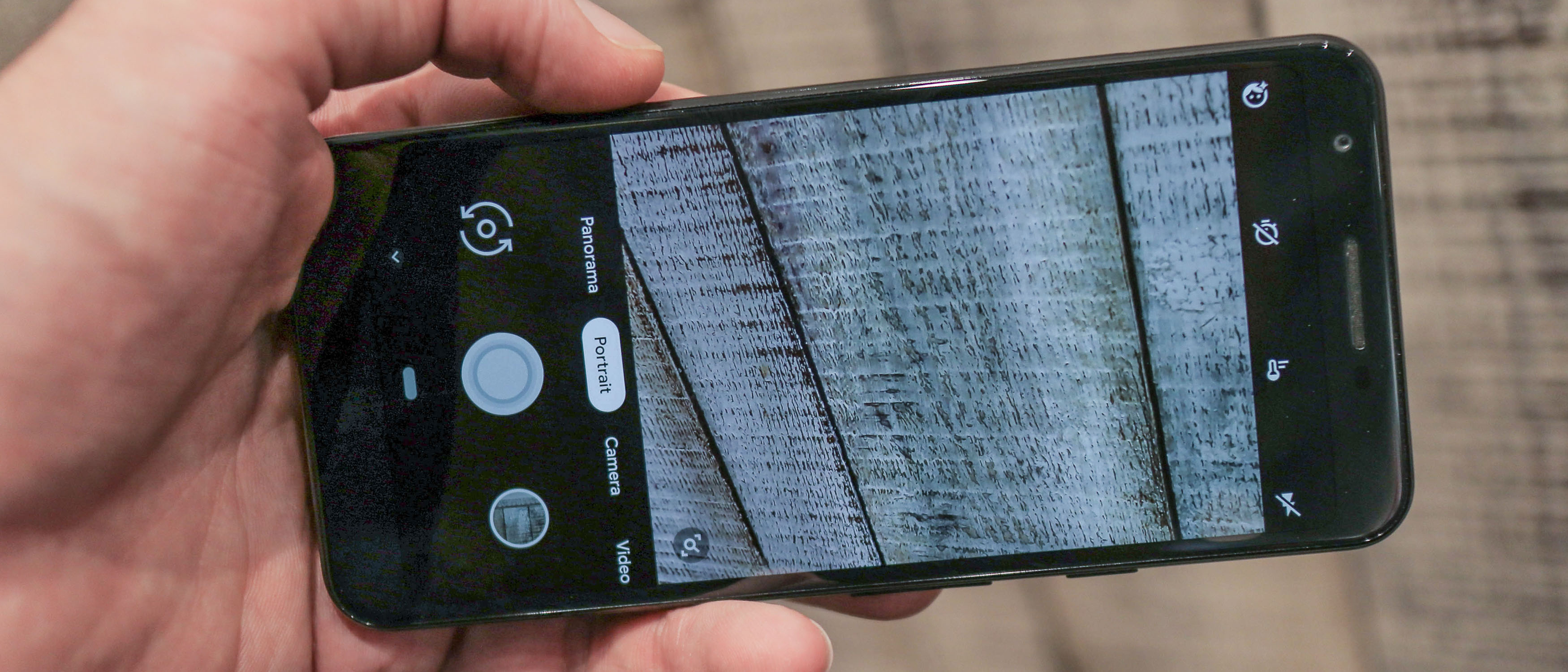Digital Camera World Verdict
The Pixel 3 was something of a unicorn when it launched - despite packing just one camera, it was able to outperform dual and triple cameras thanks to Google's smart software enhancements. The Pixel 3A brings this excellent imaging experience to a midrange price-point, stripping back a few flagship features in the process. While it isn't perfect - you can get more power for the price and focal lengths elsewhere, it's still the obvious choice if you want a flagship point and shoot camera without a flagship price tag.
Pros
- +
Fantastic, no-frills camera
- +
Clean, stock Android UI
- +
Good screen
Cons
- -
Uninspired design
- -
Single rear-camera
- -
Underpowered for price
Why you can trust Digital Camera World
A lower-cost version of the excellent Google Pixel 3, the Pixel 3a Android handset is one of the best budget camera phones around at the moment. But unlike some of its rivals that have multiple rear cameras, the Pixel 3a pack in just one, banking on sheer image quality to set it apart.
While the imaging smarts may be virtually identical to those of the flagship Pixel 3, the specs read very differently. For starters, the 3a packs a plastic body. While its screen technology and resolution are similar - a 5.6 inches Full HD+ OLED panel, side by side, the Pixel 3 showcases more vibrant colors and a brighter image in general, also packing HDR credentials.
The Pixel 3A isn't water or dust resistant like the original, but one thing it does gain from being a mid-ranger is a headphone jack, which will likely please audiophiles and fans of convenience in general. It also carries forward the squeezy tech introduced on the Pixel 2 - squeeze the phone for Google assistant, perfect for those times you don't feel like saying "Okay Google" out loud.
Available in three colors, Just Black, Clearly White and Purple-ish, the 3a still delivers some of that traditional Google Pixel quirkiness fans of the series love and being widely available both online and on-contract in both 64GB and 128GB capacities, you shouldn't have any trouble picking one up.
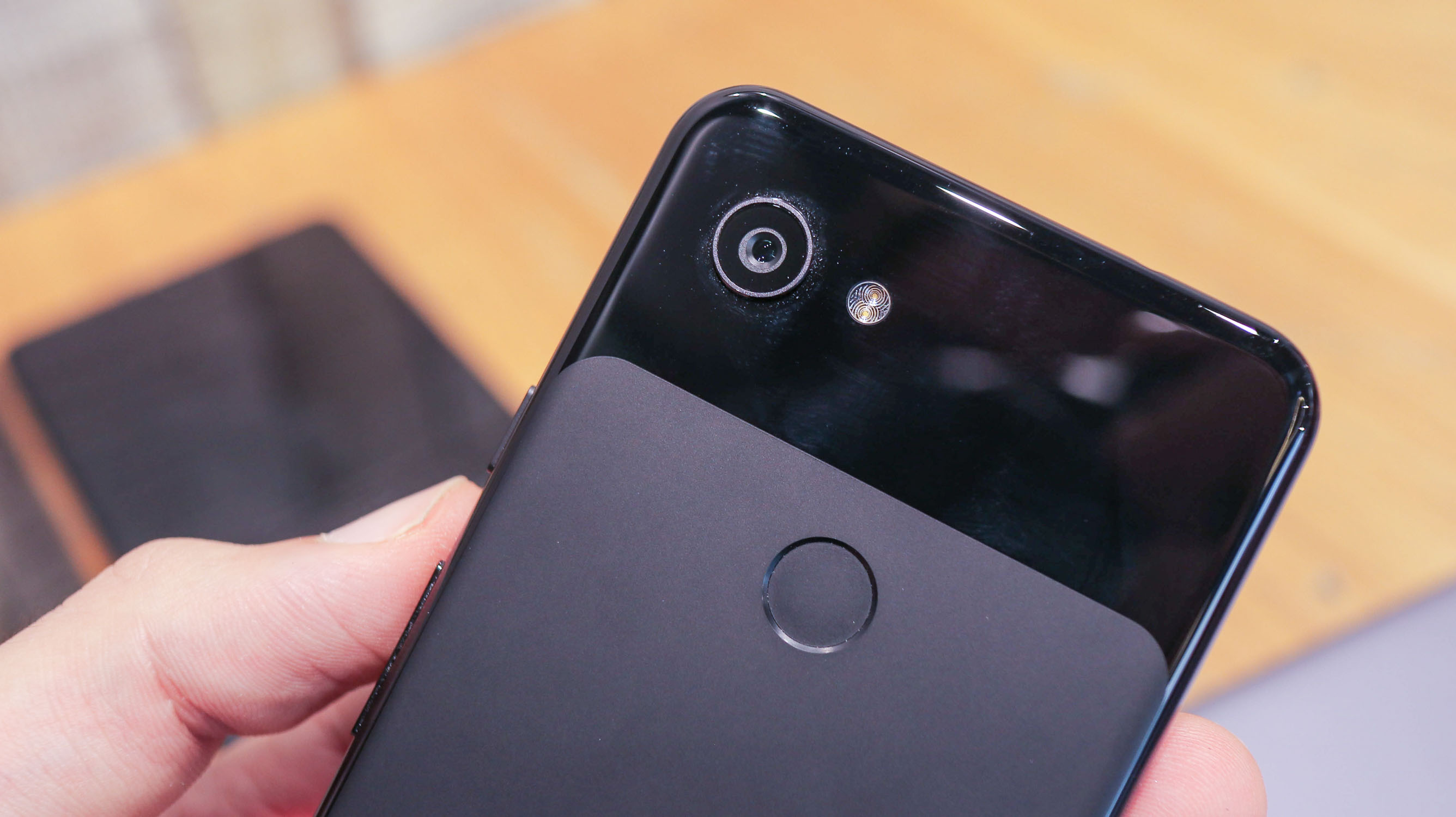
Google Pixel 3a - camera review
Loaded up with a single 28mm 12.2MP wide-angle camera around the back, the Pixel 3A features the same sensor and lens combination as found on the original Pixel 3. That means 1.4µm pixels, dual-pixel technology, phase-detection autofocus (PDAF) and OIS. The Pixel 3A also has a dual-flash and supports up to 4K video capture at 30fps.
The most significant difference between the Pixel 3A and the 3 when it comes to imaging are the front camera arrays, with the Pixel 3 loaded up with a secondary ultrawide angle camera for group shouts. Meanwhile, the Pixel 3A has a lone 8MP with a 24mm wide-angle and 1.12µm pixels.
Google Pixel 3a - Shooting modes
The Pixel 3A doesn't include a manual or pro mode, we'll get that out of the way quickly. Anyone looking to control every aspect of their shot, you're out of luck, though you can install a manual third-party camera app. That said, it can shoot RAW photos, which is a boon for enthusiasts.
The modes it does include are Photo, Video, Portrait, Panorama, Night sight, Photosphere, Photobooth, Slow motion and Time-lapse modes, and a couple of AR options - Playground and Lens.
There's also virtually unlimited burst shooting if you keep your finger on the shutter release, which saw us take a 500-picture burst before calling our testing a day.
Clearly, there's a lot to get stuck into here.
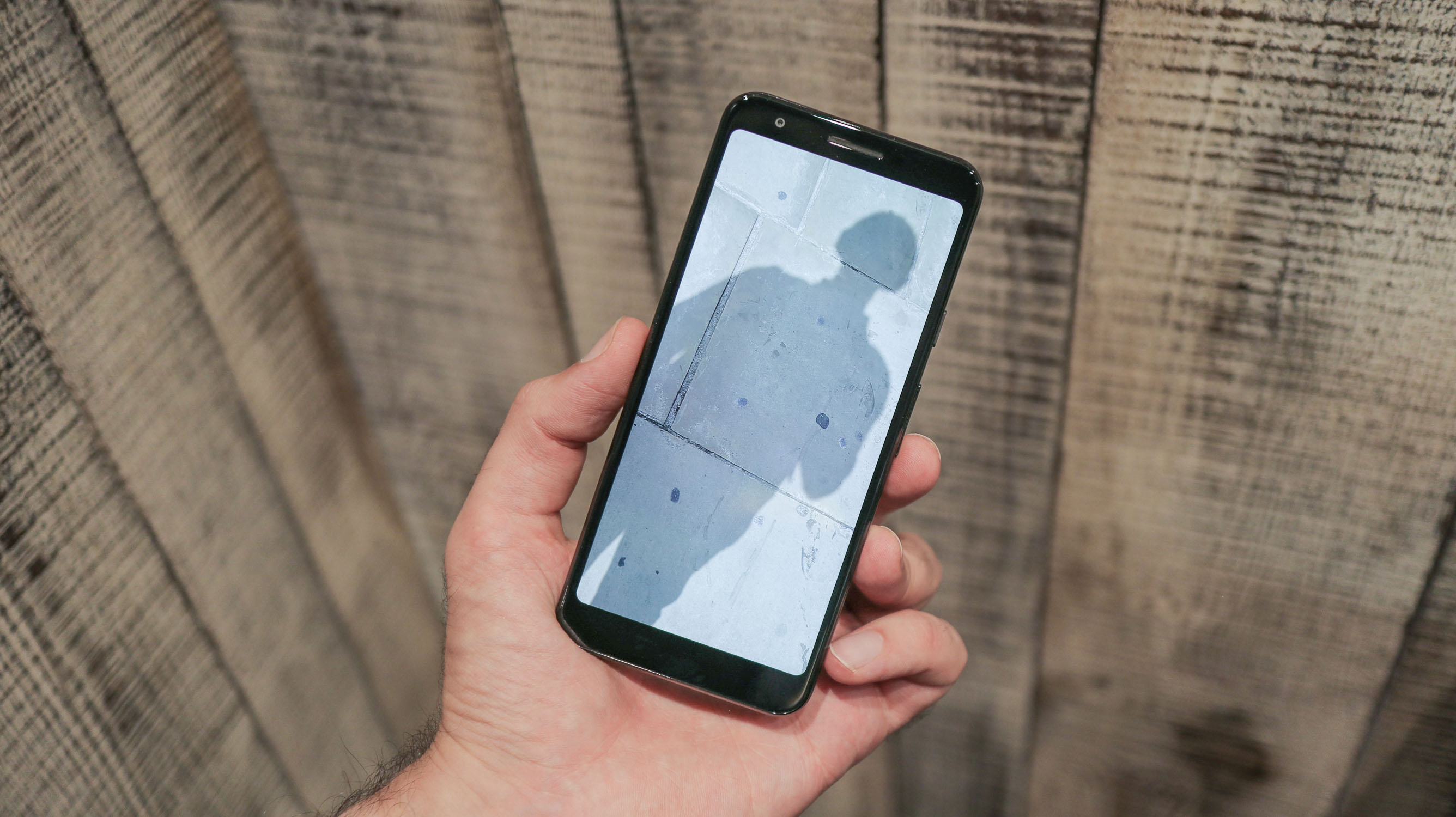
Google Pixel 3a - camera performance
If you do nothing but take pictures on the Google Pixel 3A in automatic mode, you won’t be disappointed. The camera grabs a shot, then works away, processing it in the background to make it pop, just the way you likely want it to. Google’s understanding of pictures gathered from Google images and the AI it has honed to identify what makes a good one have been put to excellent use.
The picture quality is therefore strong, with the camera bracketing images to pull both great tonal range and detail from a shot in good light, even working in backlit conditions.
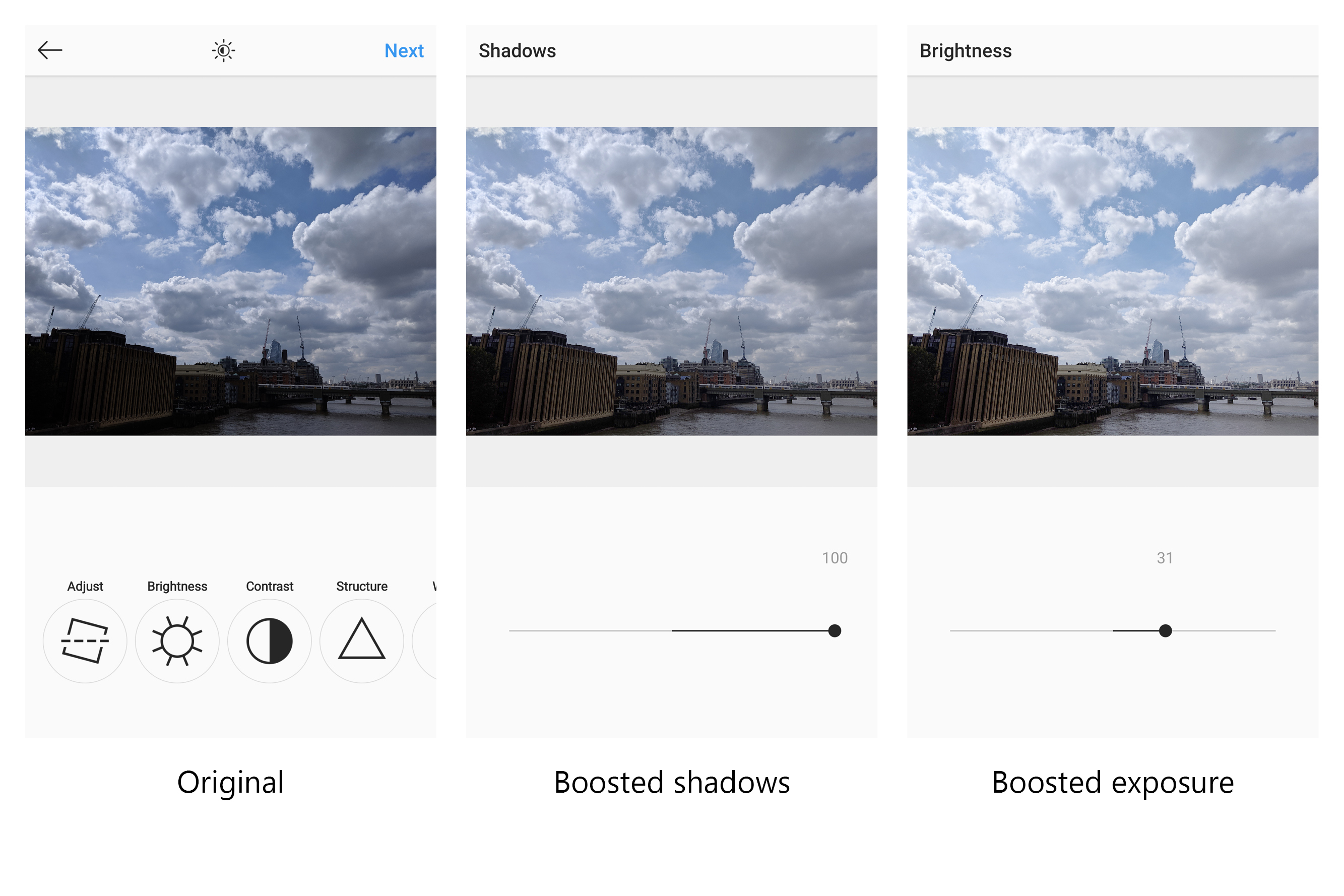
It isn't 100% perfect; if the vast majority of a scene is bright, for example, it won't apply as aggressive correction as it might if the phone detects a foreground object like a face. As you can see in the above example, though, it still generates an image with enough information in the darks to allow for easy saving. If you're in a real pinch, you can use Instagram, as we did for demonstration purposes. Alternatively, a Pixel 3A combined with Lightroom Mobile is a powerful mobile camera.
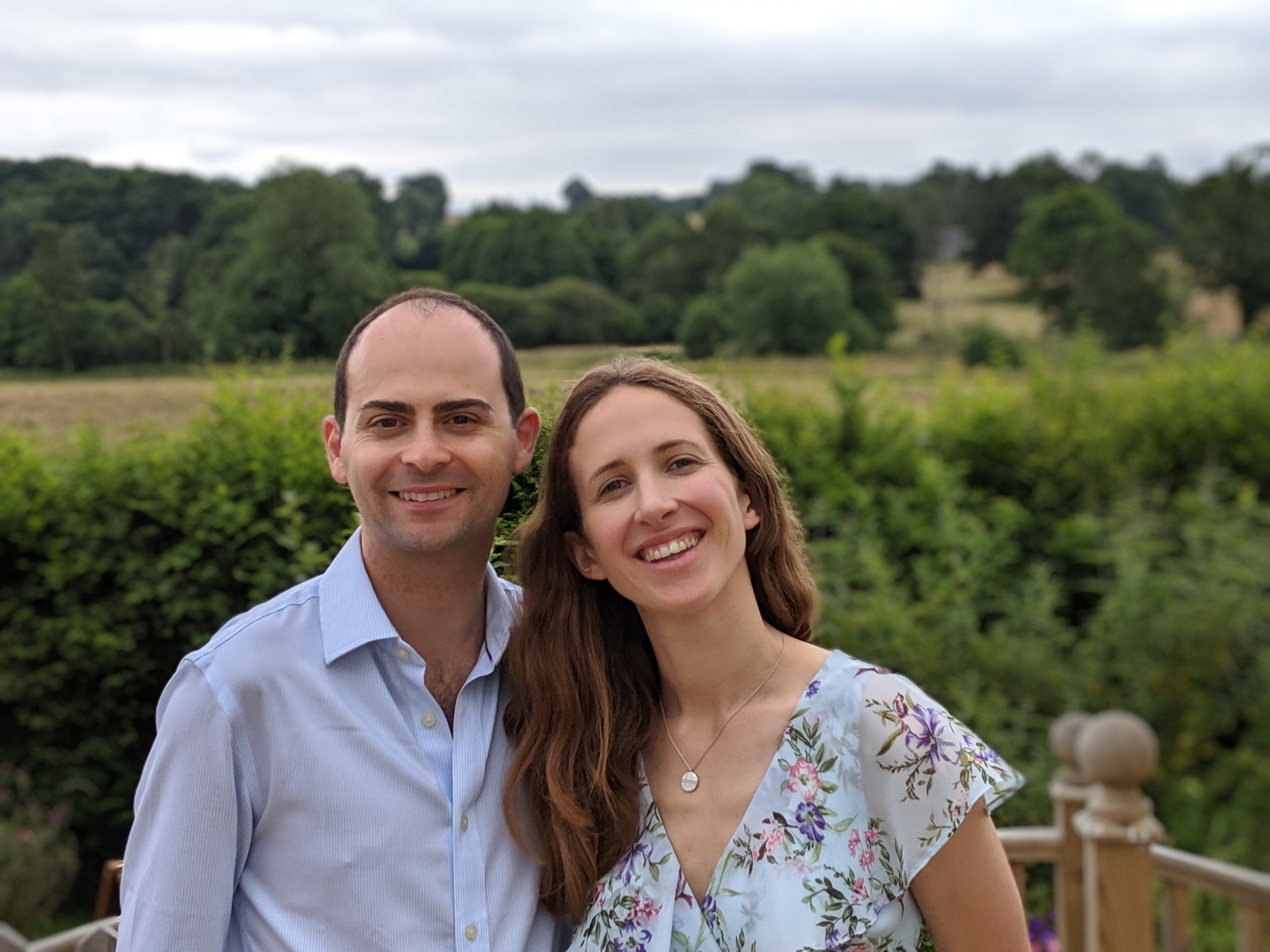
Portrait mode - with background blur applied
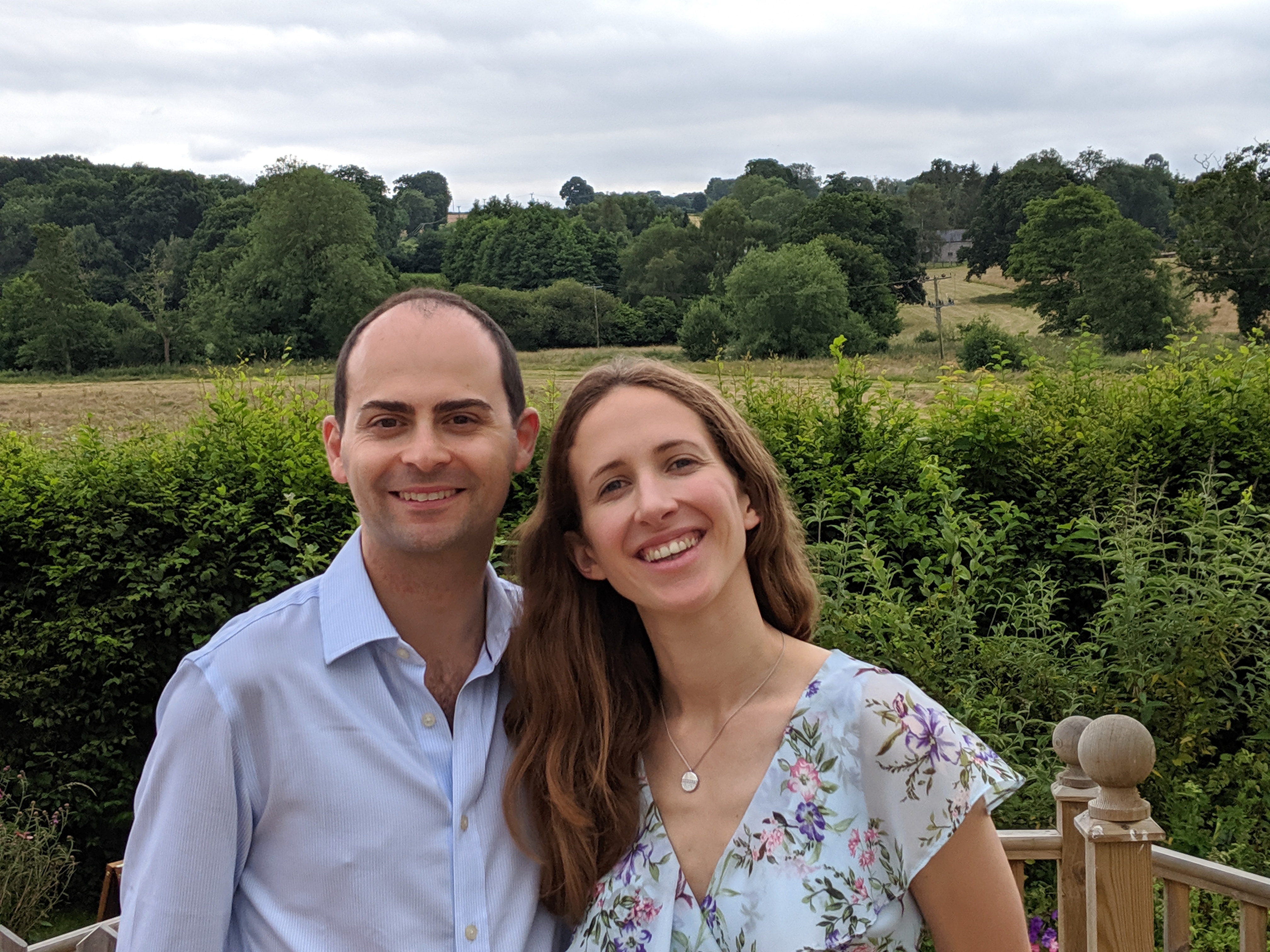
Portrait mode - without background blur applied
Image saturation is rich, and contrast is well balanced, toeing the line between pop and natural nicely. In automatic mode, detail is ample, but portrait mode shots are a bit weaker. Unlike the traditional Pixel 3, the 3A digitally zooms into about a 50mm focal length (roughly 2x zoom) for portraits. While it achieves accurate background blur, pixel-pinchers will note that detail on the subjects is poor. The results are suitable for a 6x4 print or social media share, but anything larger or more vital, we'd suggest an alternative snapper. One nice touch, however, is the fact when pictures are captured in Portrait mode, the Pixel 3A saves both the original and the background defocused shot.
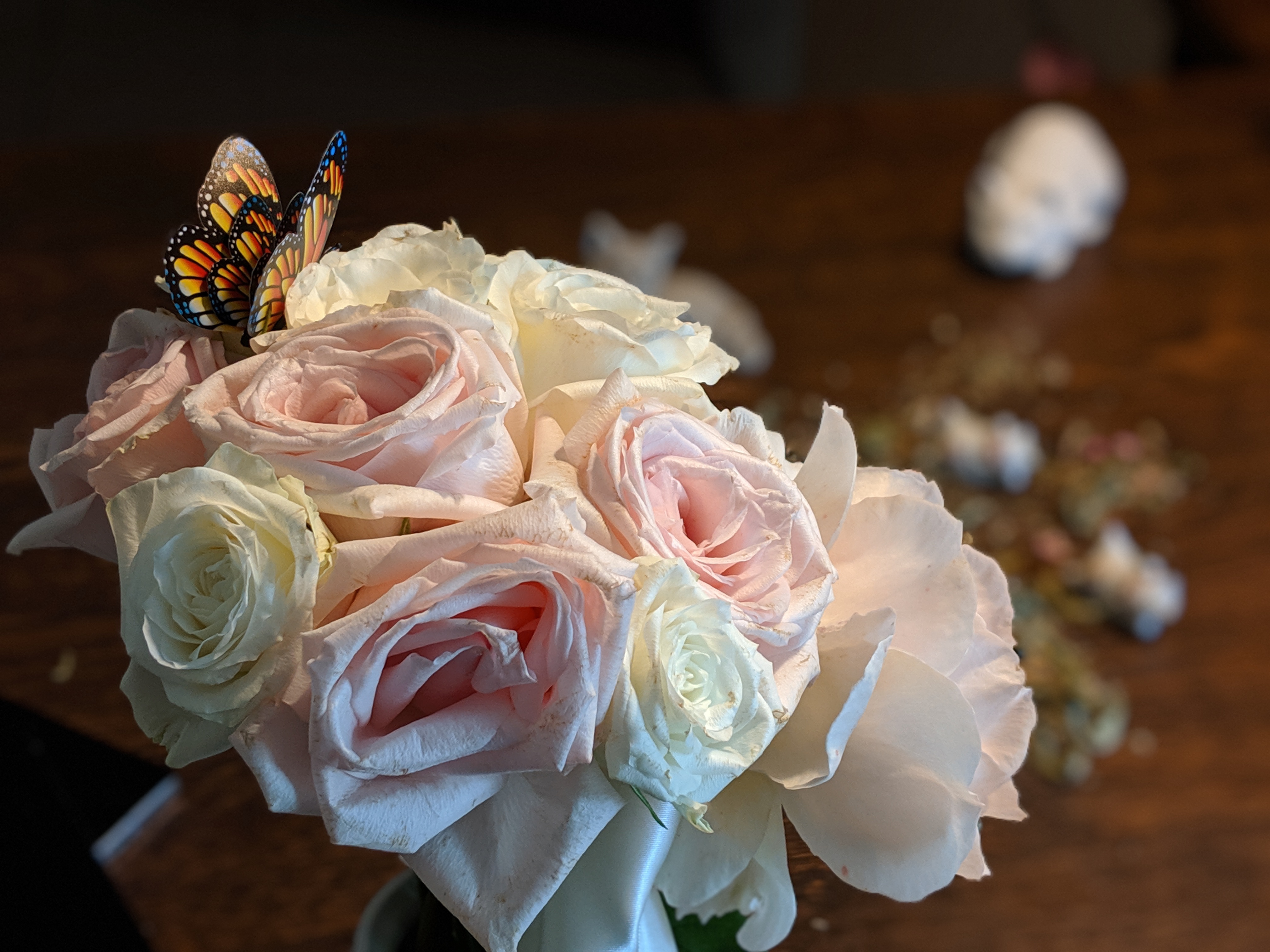
Macro photography delivers a convincingly premium shallow depth of field, and despite the fact the phone brackets every photo it takes, it's able to stop time very convincingly. By intelligently taking shots even before you press the shutter release, the Pixel 3A also has a zero second shutter lag which is excellent for fast-moving objects. That said, the lack of an optical zoom hurts the phone when it comes to sports photography or at a gig, and the lack of an ultrawide angle camera is markedly noticeable when grabbing landscape shots.
One area the Pixel 3A beats out all its sub-£350 competition though is night shooting. When the lights drop, the phone prompts you to fire up Night sight, and just like the Huawei P30 Pro, grabs long exposure handheld shots that can see in the dark. The results aren't quite at Huawei's flagship's level, but they're incredibly impressive from a dynamic range point of view, especially in hard to capture cityscapes with dark spots and neon lights.
Video is captured at up to 4K, 30fps, and unlike much of the competition, is held together very steadily, even at maximum resolution. In good light, we'd recommend shooting at 30fos 4K, or 60fps 1080p for maximum flexibility. As the lights drop, 30fps 1080p footage seemed to produce more detail. The slow-motion mode is also fun, with 1080p capture up to 120fps or 720p at 240fps. As with video in general, the higher the resolution, the worse the low light performance, so adjust your slow-mos accordingly.
Finally, the 8MP selfie camera is very good. It's excellent at exposing for faces in well lit conditions, and thanks to the fact it too packs Night sight, can handle poor lighting excellently, so long as you and whoever else you're shooting keeps nice and still.
Google Pixel 3a – image gallery
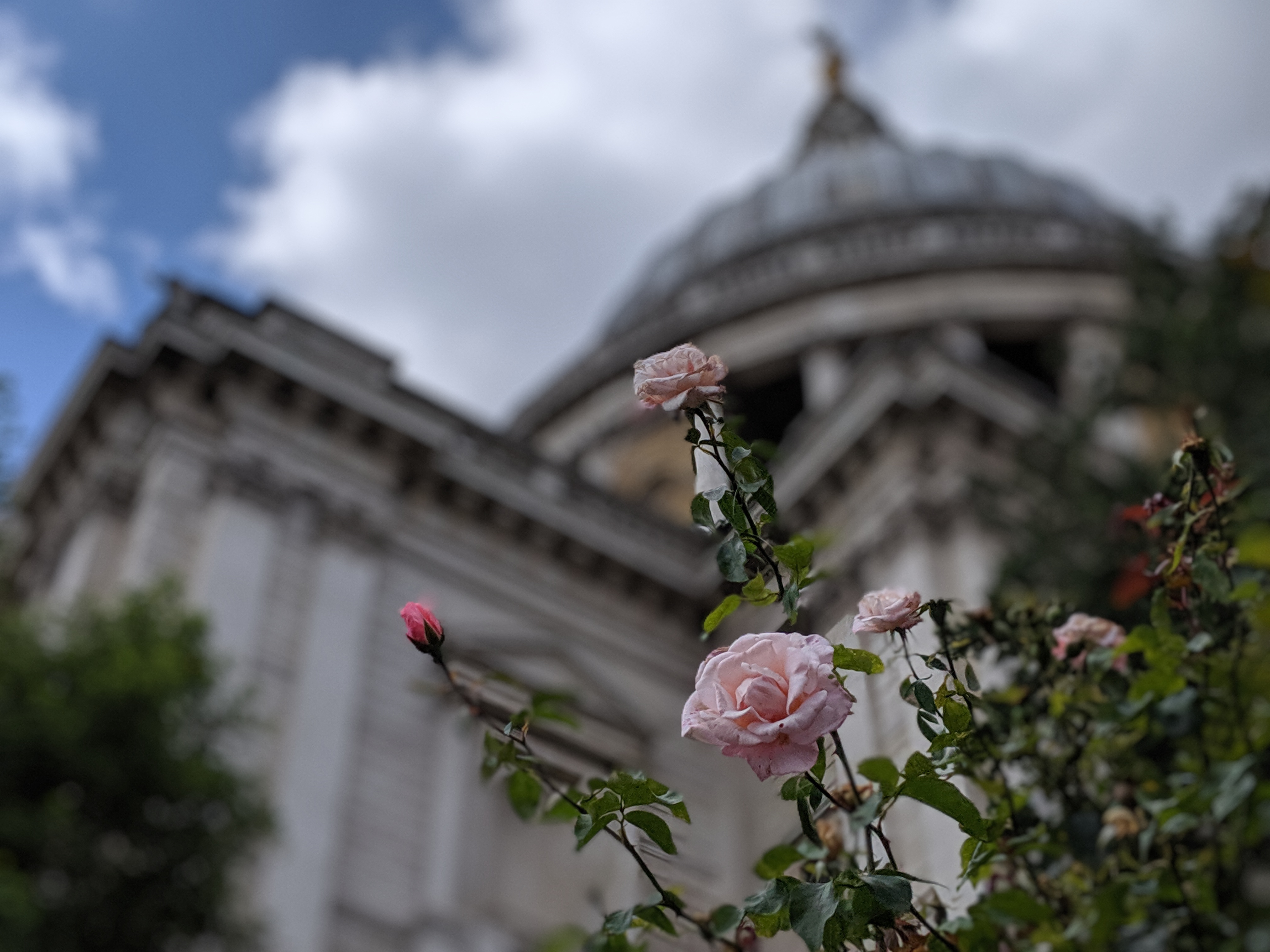
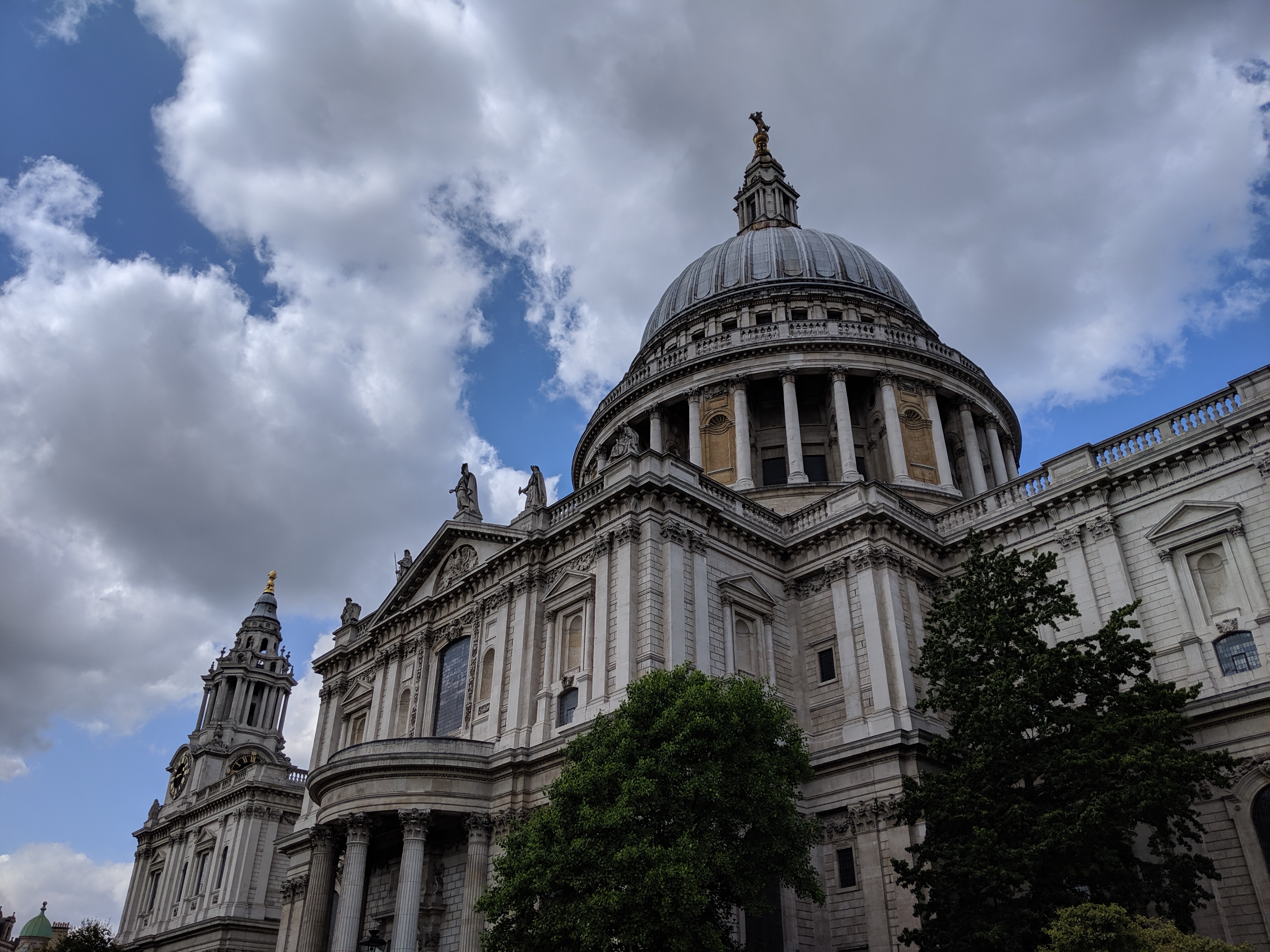
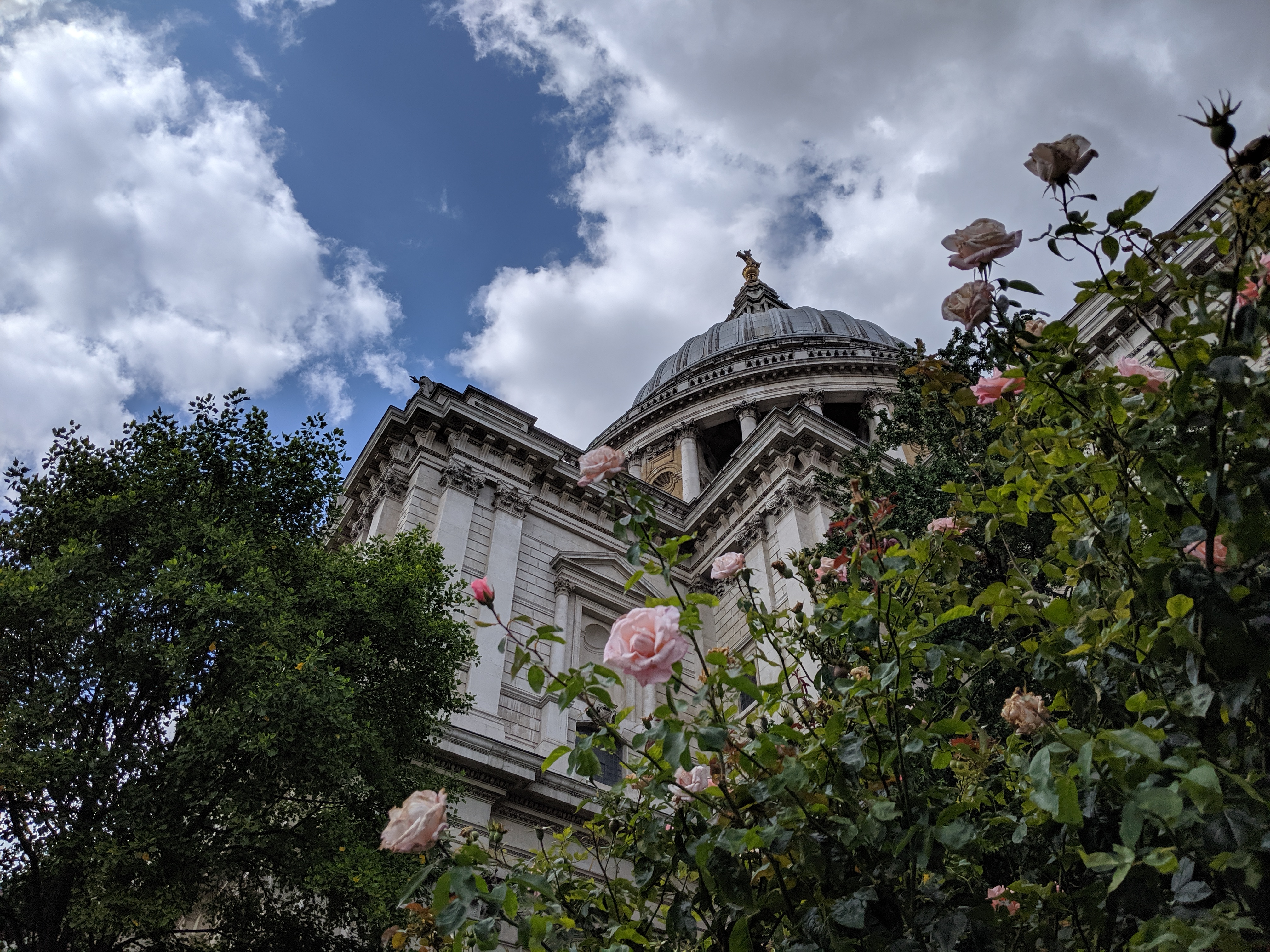
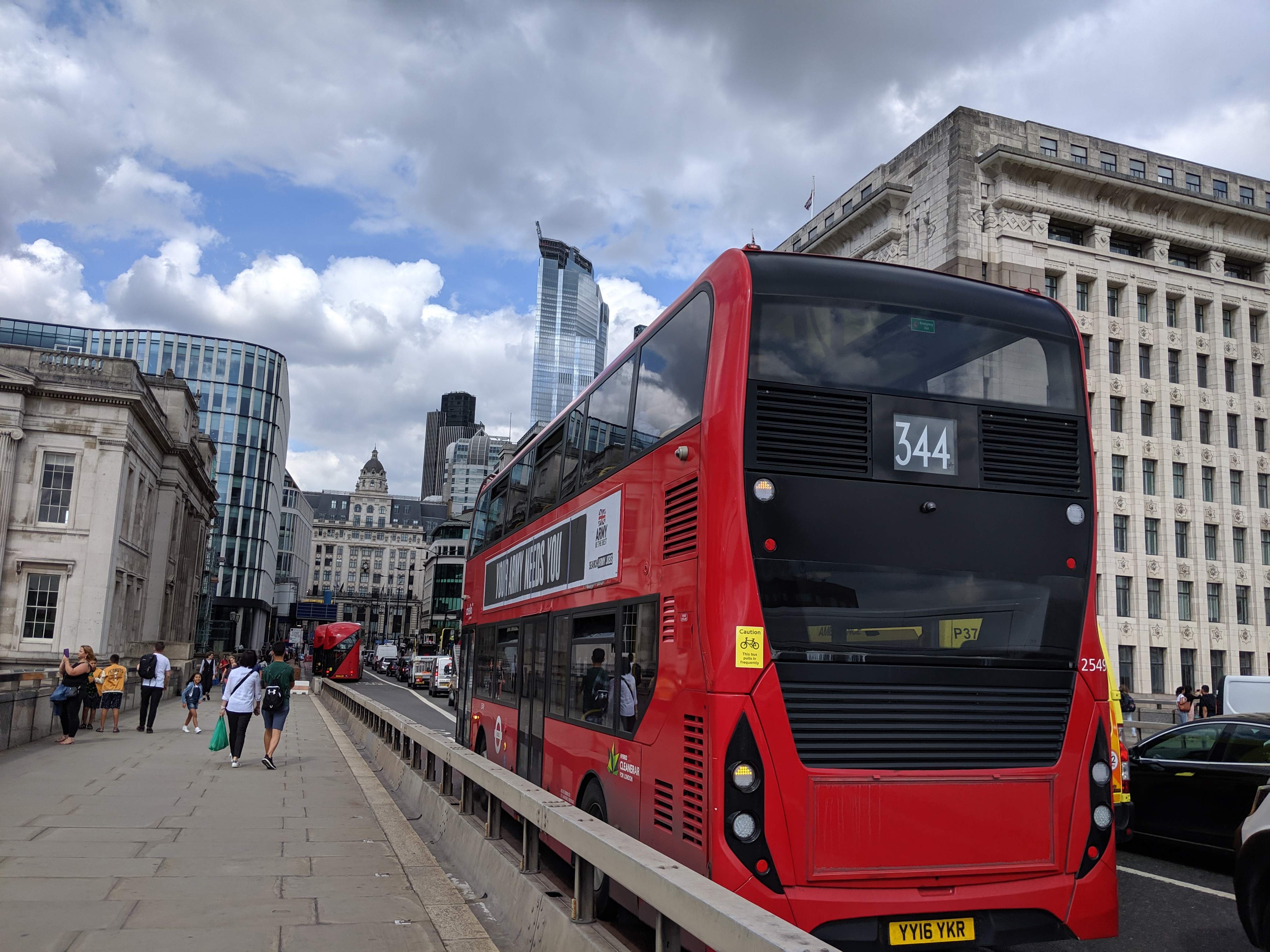
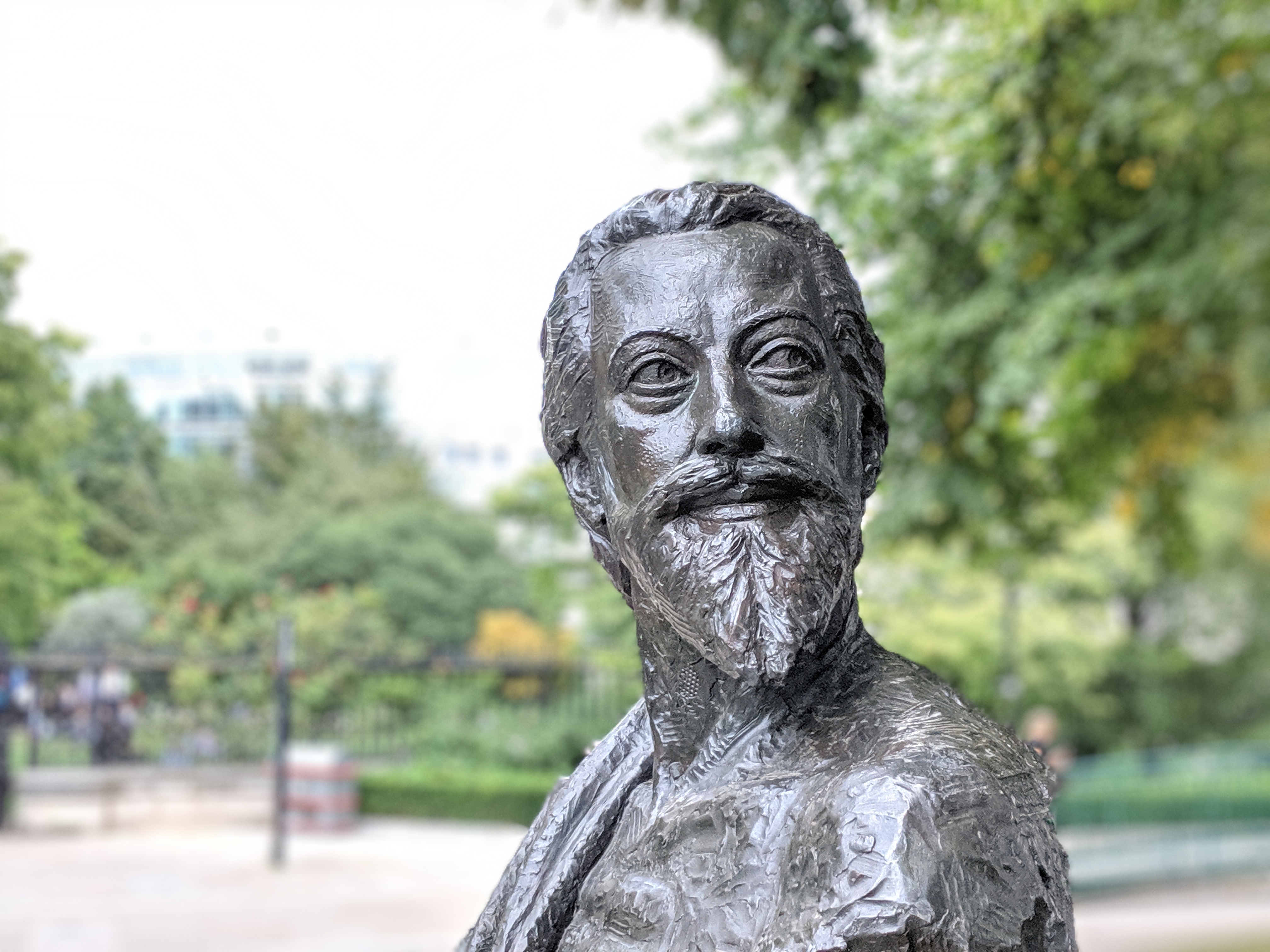
Google Pixel 3a – OS, Battery, and Connections
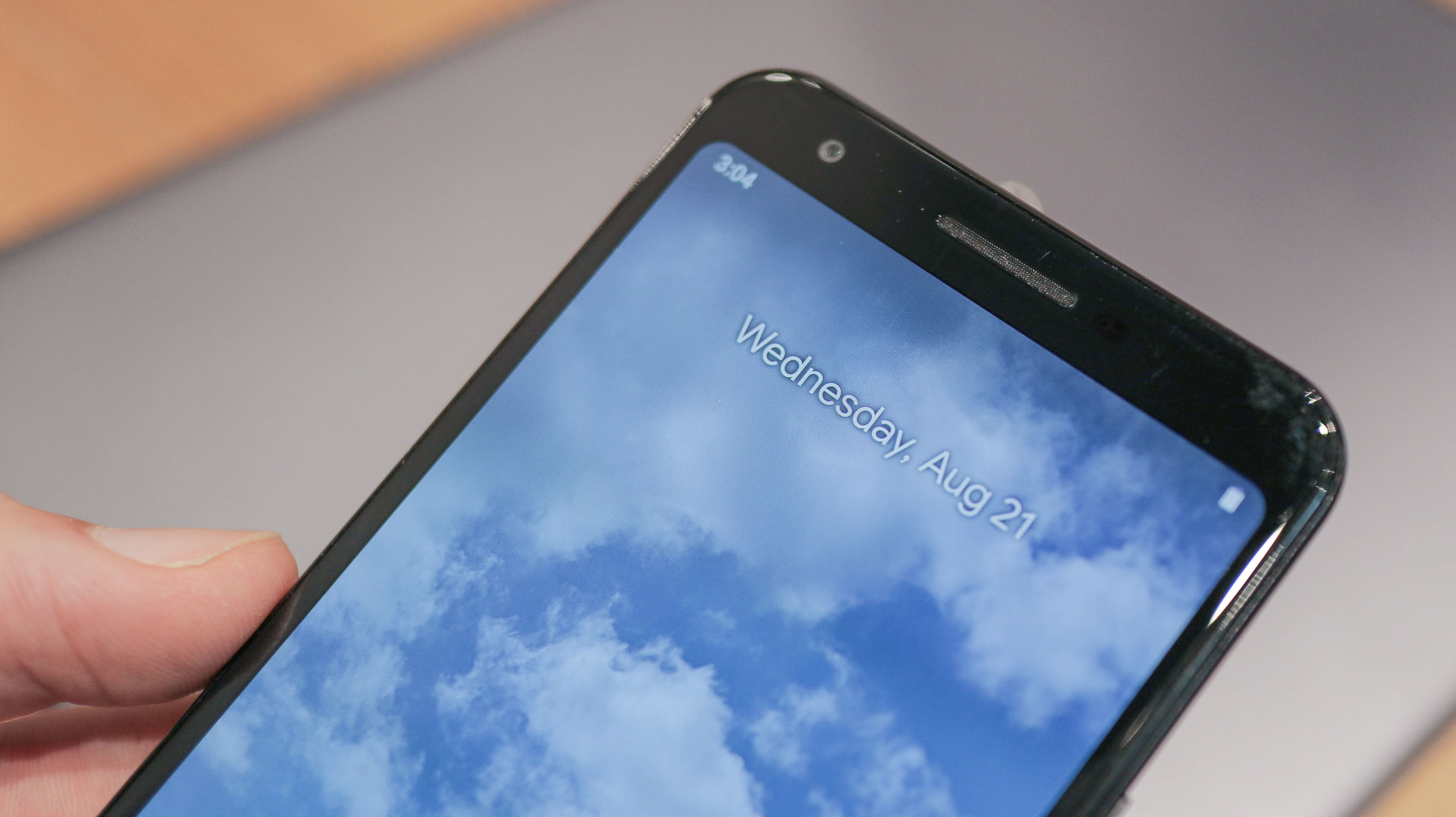
Being a Pixel phone, straight from Google's metaphorical womb, the 3A will always be one of the favorite Android siblings when it comes to getting first dibs on software updates. That means you get an up to date, stock Android experience, exactly how Google intended it, and for Android purists, it's a beautiful thing.
The Snapdragon 670 processor under the hood is underpowered for the price - there's no getting around that. The upcoming Xiaomi Mi 9 SE's Snapdragon 712 will outgun it in every way, so will be the obvious choice for gamers.
The phone's 64GB storage and lack of expansion options might not be enough for movie or music hoarders buying it on a 24-month contract. Google does, however, offer free cloud backups for your photos and videos, so if you envisage using your phone primarily as a camera rather than a gaming device, it could still go the distance. As for the 3A’s 3000mAh battery, heavy photo-taking might leave you lacking by the early evening, but it's no worse than its main competition, making it through a full day with regular use.
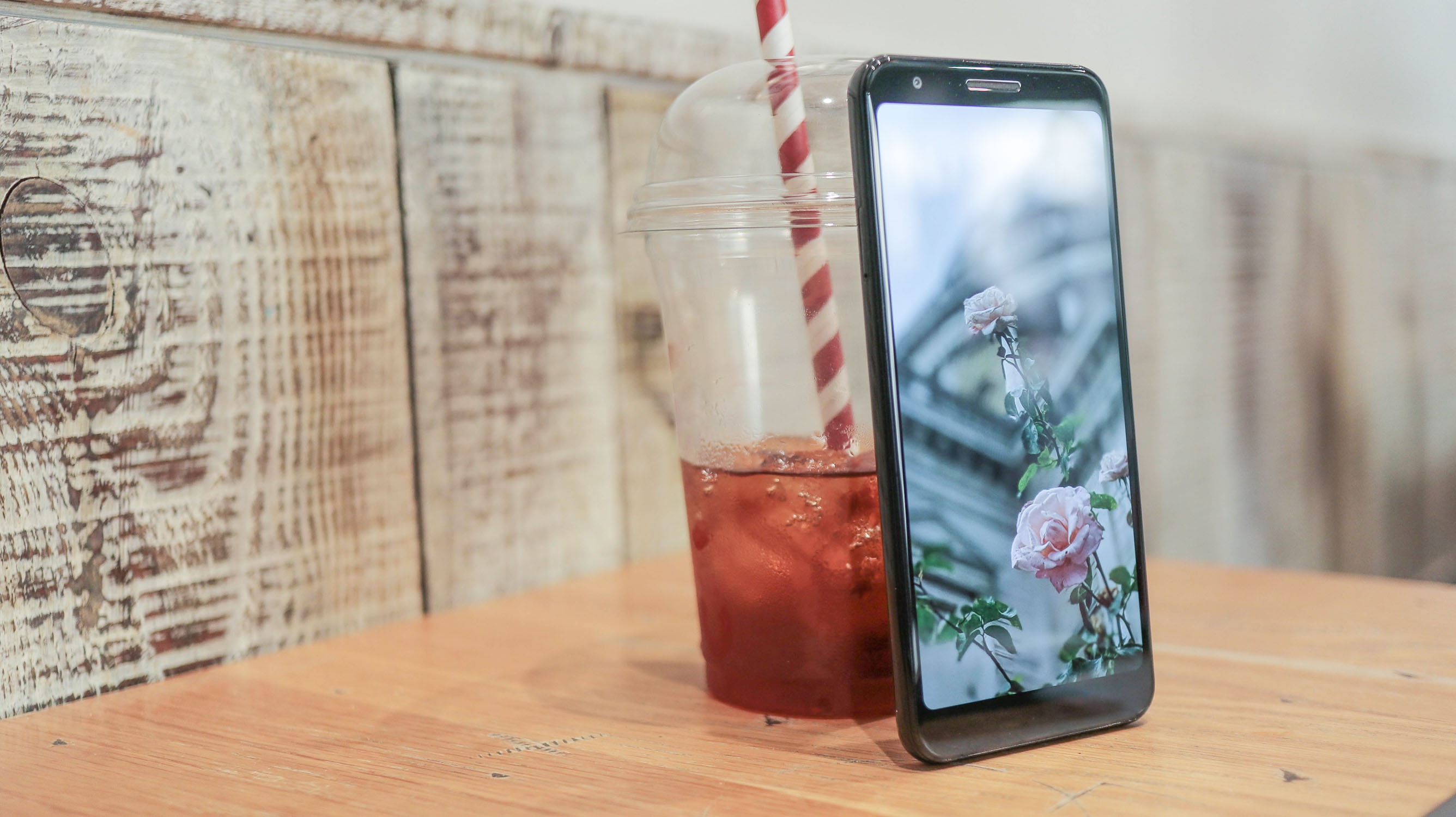
Google Pixel 3a verdict
If you want the most straightforward, premium camera phone experience on a budget of under $400 / £400, it's the Pixel 3a. The phone itself isn't a flagship - it has a plastic frame, a middling processor and no bells or whistles like wireless charging or waterproofing. It won't be the right choice for gamers or multimedia hoarders, and there's no getting around that fact. What it does do though, is combine a fantastic flagship camera with a good screen for a mid-range price, and for many, that could be the perfect combination.
Read more:
The best budget camera phone in 2019
Basil Kronfli is a freelance technology journalist, consultant, and content creator. He trained in graphic design and started his career at Canon Europe before moving into journalism. Basil is also experienced in video production, independently running the YouTube channel TechEdit, and during his time at Future, he worked alongside the Digital Camera World team as a senior video producer.
